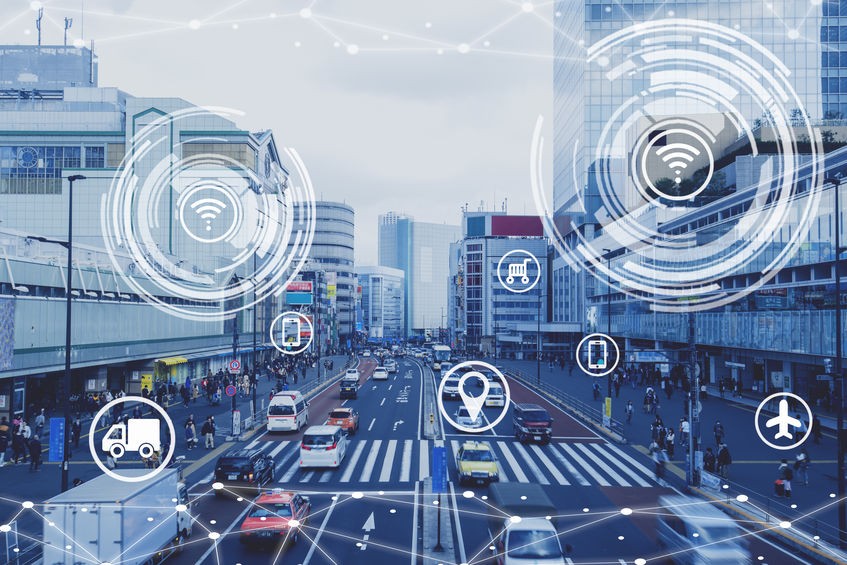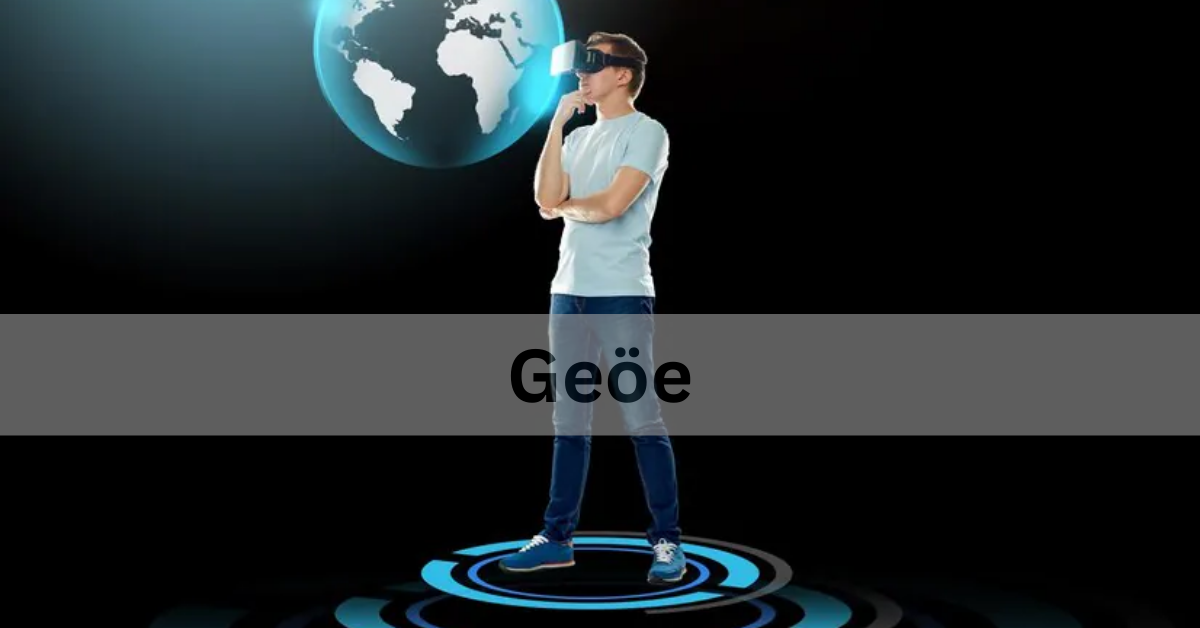Geöe is a sophisticated platform that leverages geospatial data and advanced analytics to enhance decision-making, operational efficiency, and risk management across various industries.
What is Geöe?
Geöe is a cutting-edge platform that integrates advanced geospatial data and analytics to provide insightful, data-driven solutions across various industries. By leveraging geographical information systems (GIS) and real-time data analysis, Geöe helps organizations visualize, interpret, and utilize spatial data effectively.
This technology is essential for businesses and governments seeking to optimize operations, enhance decision-making, and manage resources more efficiently.
How Does Geöe Work?
Geöe operates by collecting and processing vast amounts of geospatial data from multiple sources, including satellite imagery, GPS, and sensor networks. This data is then analyzed using sophisticated algorithms and machine learning techniques to generate actionable insights.
Users can interact with Geöe through an intuitive interface that allows them to visualize data on interactive maps, customize analysis parameters, and generate detailed reports. This process enables users to identify patterns, trends, and anomalies that are critical for strategic planning and operational efficiency.
Key Features of Geöe:
- Real-Time Data Processing: Geöe processes data in real-time, ensuring users have access to the most current information available.
- Advanced Analytics: Utilizes machine learning and AI to analyze complex data sets and predict future trends.
- User-Friendly Interface: Designed with an intuitive interface that makes it easy for users to interact with and manipulate data.
- Customizable Reports: Users can generate tailored reports that meet their specific needs and objectives.
- Interactive Mapping: Provides dynamic maps that allow users to visualize data spatially and temporally.
The Benefits of Geöe:
Enhanced Decision-Making:
Geöe provides detailed and accurate geospatial data that significantly improves decision-making processes. By understanding spatial relationships and patterns, organizations can make informed choices that lead to better outcomes.
For example, city planners can use Geöe to determine the best locations for new infrastructure projects, taking into account factors such as population density, traffic patterns, and environmental impact.
Improved Efficiency:

Geöe streamlines operations by automating data collection and analysis, reducing the time and effort required to gather and interpret information.
This efficiency allows organizations to focus on strategic tasks rather than manual data processing. For instance, logistics companies can optimize delivery routes, saving time and reducing fuel costs.
Better Risk Management:
Geöe’s predictive analytics capabilities enable organizations to anticipate and mitigate potential risks. By analyzing historical data and identifying trends, users can prepare for adverse events such as natural disasters or market fluctuations. This proactive approach helps minimize losses and ensures business continuity.
Real-World Applications of Geöe:
Urban Planning:
Urban planners use Geöe to design smarter, more sustainable cities. By analyzing data on population growth, land use, and environmental conditions, planners can make informed decisions about zoning, transportation networks, and public services. This leads to more efficient and livable urban environments.
Environmental Monitoring:
Geöe plays a crucial role in environmental monitoring by tracking changes in ecosystems, climate patterns, and natural resources.
This information is vital for conservation efforts, disaster response, and regulatory compliance. For example, Geöe can monitor deforestation rates and help governments enforce environmental protection laws.
Also Read: Buší – A Deep Dive into its Cultural Significance!
Retail Optimization:
Retailers utilize Geöe to optimize store locations, supply chain logistics, and marketing strategies. By understanding customer demographics and buying patterns, retailers can make data-driven decisions that enhance customer satisfaction and increase sales. Geöe helps businesses identify high-potential markets and tailor their offerings to meet local demand.
FAQ’s
1. What is Geöe?
Geöe is a platform that integrates geospatial data and analytics to provide insightful, data-driven solutions for various industries.
2. How does Geöe work?
Geöe collects and processes geospatial data from sources like satellite imagery and GPS, analyzes it using machine learning, and presents insights through an intuitive interface.
3. What are the key features of Geöe?
Key features include real-time data processing, advanced analytics, a user-friendly interface, customizable reports, and interactive mapping.
4. How does Geöe enhance decision-making?
Geöe provides accurate geospatial data that helps organizations understand spatial relationships and patterns, leading to informed decision-making.
5. How does Geöe improve efficiency?
Geöe automates data collection and analysis, reducing the time and effort required, allowing organizations to focus on strategic tasks.
6. What role does Geöe play in risk management?
Geöe uses predictive analytics to anticipate and mitigate risks by analyzing historical data and identifying trends.
7. How is Geöe used in urban planning?
Urban planners use Geöe to analyze data on population growth, land use, and environmental conditions to make informed decisions about zoning and infrastructure.
8. How does Geöe assist in environmental monitoring?
Geöe tracks changes in ecosystems, climate patterns, and natural resources, aiding in conservation efforts and regulatory compliance.
9. How do retailers benefit from Geöe?
Retailers use Geöe to optimize store locations, supply chain logistics, and marketing strategies by understanding customer demographics and buying patterns.
10. Why is Geöe considered a transformative tool?
Geöe drives innovation and efficiency by enhancing decision-making, improving operational efficiency, and managing risks, making it invaluable for organizations.
Conclusion
Geöe is a transformative tool that harnesses the power of geospatial data and advanced analytics to drive innovation and efficiency across various sectors. Its ability to enhance decision-making, improve operational efficiency, and manage risks makes it an invaluable asset for organizations. Whether it’s urban planning, environmental monitoring, or retail optimization, Geöe offers practical solutions that lead to smarter, more informed actions. Embracing Geöe can help businesses and governments navigate the complexities of the modern world with greater confidence and success.



